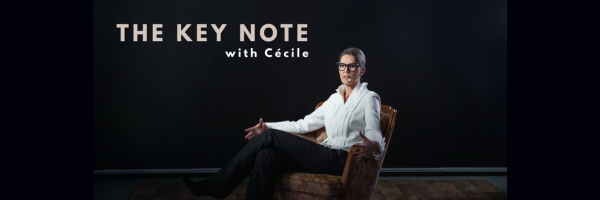Opinions vs. Feedback (And the One Question That Sorts Them) One InsightNot all input is feedback. Most of it is opinion just wearing professional clothes. Learning to tell the difference protects your confidence and speeds up your growth. Think of comments like raw ore: they only become valuable after you refine them. One StoryAt a Toastmasters evening I was hosting, a guest suddenly said: “I don’t like women like you, confident and emancipated.”
The room went silent. I smiled (boiling inside), set a clear boundary, and told him he could leave if he felt uncomfortable. He left. My members stayed calm, present, and trusting that I could handle it. That evening taught me two things: Composure is a choice. Support is a strategy.
Later, I understood a third lesson: Opinions can be interesting, but they’re rarely useful unless they clearly connect a behavior to a result. One Tool: The SifterAsk this question: “How does that impact my performance or the outcome?” Then apply these filters: Step 2 - Run the Mud Filter: Ignore the extremes (“brilliant” / “terrible”). Keep the gritty middle, the part that stings a little. Extract one or two useful insights and turn them into clear actions.
Make it stickKeep a simple two-column note: Do More / Do Less. After every talk or meeting, write down only the insights that passed the Sifter. Read this list before your next high-stakes moment. That’s how learning becomes habit. Try it this weekAfter your next presentation, ask three people the Sifter question. Keep just one actionable nugget (for example: “Pause after the ask as it helps people agree more easily”). Apply it within 48 hours. Confidence doesn’t come from praise. It comes from evidence of progress. Et Voilà! |


